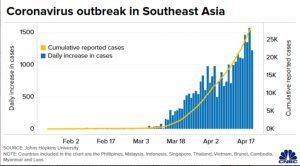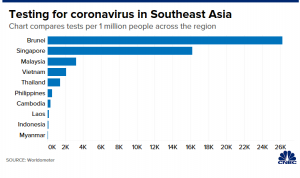You can find the article I'm summarizing here: "Brazil greenlights human trials for J&J's potential COVID-19 vaccine."
In short this article is a small piece of a larger puzzle, so to write, that has been going on in Brazil. Brazil is a country that is struggling to cope with the Covid-19 pandemic crisis. Reputably corrupt government officials irresponsibly handling the crisis has led to one of the highest mortality rates of victims infected with the virus; this has made Brazil a willing participant for several human trails of potential covid-19 vaccines. This article highlights a particular vaccine, made by the Johnson and Johnson company, will enter human trials in Brazil. It also updates the status of a number of other vaccine trials that are wanting to be tested in Brazil.
As for geographic concepts I believe that this article has its backbone in the significant inequality issues in Brazil. As well as the density of the large megacities within Brazil, take Sao Paulo as an example, is a densely populated city with poor city planning and infrastructure. It's a place where slums are commonplace and this is, in my opinion, indicative that Sao Paulo likely doesn't have the medical facilities and infrastructure in place to properly deal with a pandemic like Covid-19. Hence the current problems!


